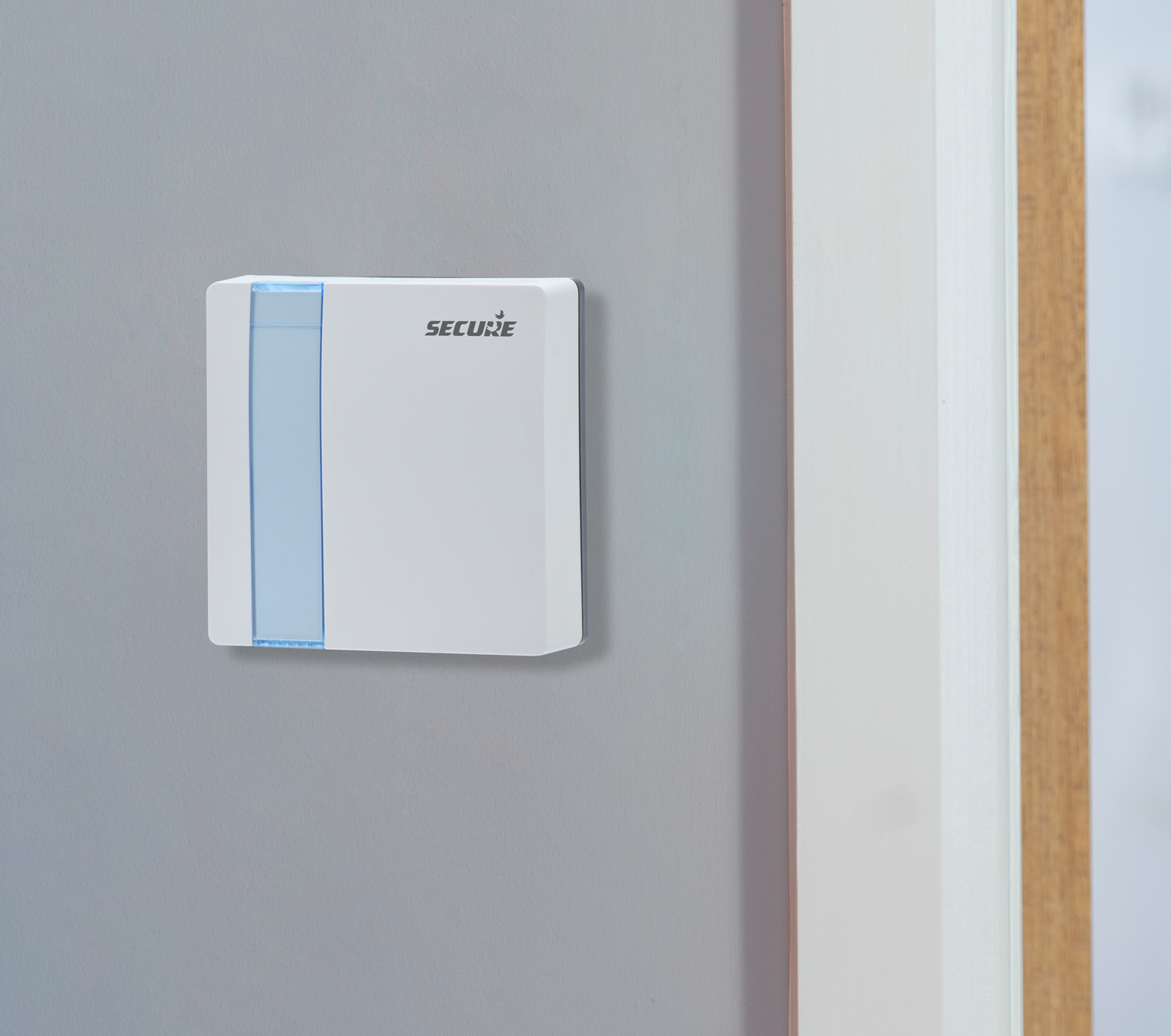Introduction
Damp and mould problems are common in the UK due to the country’s cool and wet climate. The problem is often caused by a lack of ventilation in homes, which can lead to a buildup of moisture in the air. This moisture can then lead to the growth of mould, which can be harmful to health if left untreated.
Around 450,000 homes in the UK have problems with condensation and mould. In severe cases, damp and mould can cause significant damage to buildings and pose serious health risks to occupants.
Here are some examples of the potential consequences of severe damp and mould problems:
- Structural damage: Prolonged exposure to dampness can weaken the structural integrity of buildings, causing wood to rot, plaster to crumble, and metal to corrode. This can lead to costly repairs and, in extreme cases, may render a property uninhabitable.
- Health risks: Severe damp and mould problems can cause significant health risks to occupants, particularly vulnerable groups such as children, the elderly, and people with respiratory conditions. In extreme cases, exposure to toxic mould can lead to serious health problems, including neurological damage and cancer.
- Legal implications: Landlords and property owners have a legal responsibility to provide safe and habitable living conditions for tenants. If a property is found to have severe damp and mould problems, the landlord may be held liable for any resulting health problems or property damage.
- Financial costs: Severe damp and mould problems can be expensive to repair, particularly if the problem has been left untreated for an extended period. In some cases, the cost of repairs may be so high that it is more cost-effective to demolish and rebuild the affected property.
It is essential to address damp and mould problems as soon as they are detected, and to take proactive measures to prevent them from occurring in the first place. Regular maintenance and ventilation can go a long way towards preventing the buildup of moisture and mould, and early detection and intervention can help to limit the damage caused by severe damp and mould problems.

